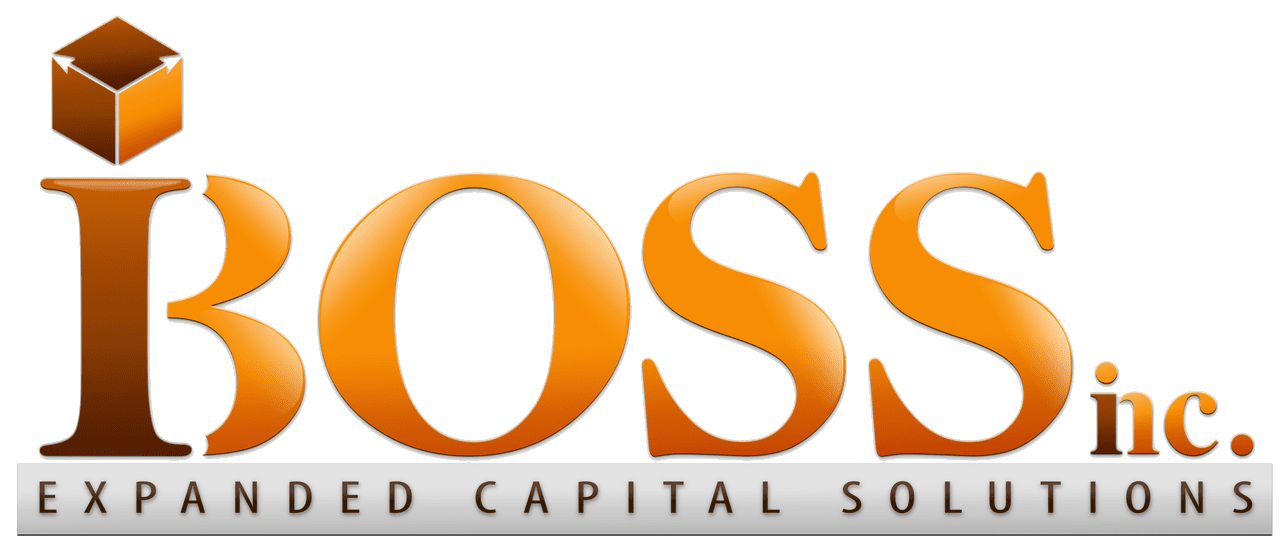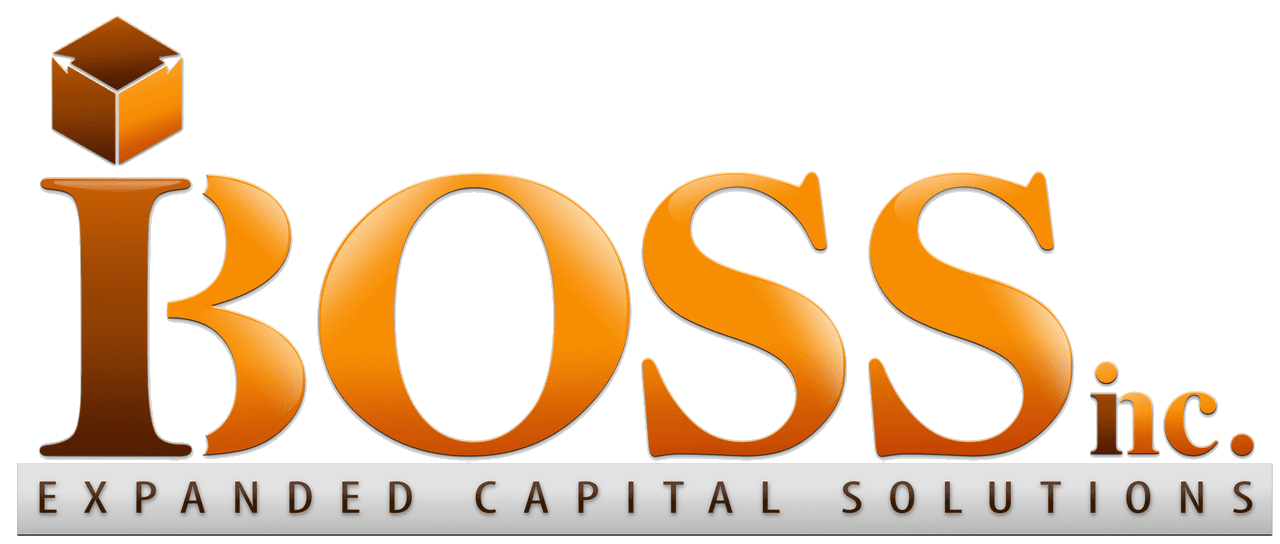01_A Market Ripe with Opportunities to Partner, Merge, or Buy Businesses from Senior Transitions
![]() | Disclosure and Transparency Statement: This article includes AI-generated content; see the complete statement below.
| Disclosure and Transparency Statement: This article includes AI-generated content; see the complete statement below.
With the baby boomer generation nearing retirement age, a notable transformation is happening in the business landscape. This sizeable group, renowned for its entrepreneurial drive, possesses many businesses across diverse industries. As boomers enter retirement, these business owners present numerous opportunities for acquisitions, partnerships, and mergers. The departure of baby boomers from the business sphere creates avenues for new investors, entrepreneurs, and companies seeking to expand their operations. Grasping the intricacies of this market is essential to capitalizing on the plentiful prospects it provides.
The Boomer Business Exodus: An Overview
During the baby boomer generation's prime working years, they built and grew businesses that became pillars of the global economy. As they reach retirement age, many business owners want to transition from their roles and pass on their businesses. This presents a unique and unprecedented opportunity for aspiring entrepreneurs and established companies looking to expand.
The sheer size of the baby boomer generation means that their retirement will result in a massive turnover of businesses. According to the U.S. Small Business Administration, they estimate that over the next five to ten years, approximately 60% of small business owners will retire. This will lead to a surge in businesses being sold, closed, or transferred to new ownership.
This presents an incredible growth opportunity for individuals or companies looking to acquire businesses. Well-established, successful businesses owned by baby boomers can offer stable cash flows, established customer bases, and valuable assets. Acquiring these businesses allows for immediate market entry and avoids the challenges of starting a business from scratch.
Furthermore, the landscape of available businesses is incredibly diverse. Baby boomer-owned companies span various industries, including manufacturing, retail, healthcare, and professional services. This means many options exist for those seeking expansion or development in specific sectors.
Additionally, with technological advancements and globalization, the potential for scaling and growing acquired businesses is more significant than ever. Acquirers can leverage their existing resources and expertise to enhance and expand the acquired companies, tapping into new markets and increasing profitability.
However, some challenges come with this anticipated surge in business turnover. Competition for well-established businesses may be fierce, increasing prices and making acquisitions more expensive. Additionally, the transition process requires careful planning and execution to ensure a smooth handover and maintain customer and employee relationships.
Evaluating the Market Landscape
To tap into the potential of this rapidly growing market successfully, one must take a deep dive into the intricate details that define its landscape. The retiring baby boomer generation has left behind a remarkable tapestry of businesses. These businesses vary in size and nature, some being quaint, family-owned enterprises, while others have grown into expansive, multinational corporations. They exist across various sectors, including manufacturing, services, retail, and more. Despite their inherent differences, they all share a few common characteristics that make them appealing to potential buyers.

Firstly, these businesses have a significant amount of longevity in the market. They have weathered the ups and downs of the economy, proving their resilience and ability to adapt to changing circumstances. This track record of success is attractive to potential buyers as it provides stability and reliability. These businesses have also cultivated a loyal customer base over the years. These customers have developed a strong trust and affinity for the brand, resulting in a consistent and reliable revenue stream.
In addition to a loyal customer base, these businesses have a team of experienced professionals. The knowledge and expertise of these employees are crucial to the business's smooth functioning and continued success. Potential buyers recognize the value of having an established team, as it reduces the risk of starting from scratch. With a skilled workforce already in place, there is a greater chance for the business to continue operating successfully under new ownership.
Furthermore, cash flow is another attractive aspect of these businesses. They have established business models that generate a stable influx of cash. This financial stability reduces the risk for potential buyers. It provides a solid foundation on which to build future growth and expansion.
Overall, the convergence of these attributes makes acquiring an already established enterprise an enticing opportunity for savvy entrepreneurs and investors. The reduced level of risk compared to starting from scratch allows them to seize the moment and acquire a business with a foundation of success. With the right vision, strategy, and execution, acquirers can build upon and scale to new heights, allowing entrepreneurs and investors to tap into the potential of this rapidly growing market.
Strategic Acquisitions: The Advantage of Established Operations
There are numerous strategic advantages associated with acquiring a business owned by baby boomers. One benefit is the opportunity to tap into a well-established brand and devoted clientele. Baby boomer-owned enterprises have likely spent decades building their reputation and customer base, meaning new owners can inherit a loyal following without investing significant time and effort in cultivating it.
Additionally, these businesses often come with experienced personnel who deeply understand the company's operations. This wealth of knowledge and expertise dramatically reduces the learning curve for the new proprietor, allowing them to seamlessly transition into running the acquired business. The presence of experienced staff also helps mitigate risks that may arise from unfamiliarity with the industry or the company's inner workings.
These factors make acquiring a baby boomer-owned business a highly enticing prospect for investors and entrepreneurs. It offers the opportunity to fast-track success by tapping into an established brand and clientele. It minimizes the risks associated with starting a business from scratch. The combination of a loyal customer base and experienced personnel can provide a solid foundation to build and grow the business further.
Overall, the appeal of acquiring a business owned by baby boomers lies in its strategic advantages. From an established brand and customer base to experienced staff, these businesses present a unique opportunity to expedite success and maximize growth potential.
Due Diligence: Key to a Successful Acquisition
When considering acquiring a business from a retiring baby boomer, it is crucial to undertake a comprehensive due diligence process. It is essential for prospective buyers to thoroughly evaluate the business's financial stability and examine its market position while also assessing the strength of the customer relationships it has cultivated and the expertise of its employees.
In addition, it is essential to understand the reasons behind the sale and uncover potential avenues for growth or expansion. It is worth highlighting that many businesses owned by baby boomers may not have kept up with recent technological advancements. This presents an incredible opportunity to modernize the operations and create additional value after the acquisition. By conducting thorough due diligence, buyers can ensure informed decision-making and set the foundation for a successful transition and growth of the business under new ownership.
Navigating the Financials
When considering the possibility of acquiring a business, it is crucial to conduct a detailed evaluation of its financial aspects. This assessment requires a comprehensive understanding of various factors that can significantly influence the acquisition's success. Prospective buyers must carefully analyze the historical earnings of the targeted business to gain insights into its profitability over time. By studying the patterns and trends in its revenues, buyers can gauge the potential for future growth and ascertain the feasibility of the investment.
In addition to earnings, cash flow stability is another critical parameter. A thorough examination of the targeted business's cash flow will enable buyers to determine its ability to generate consistent income that can cover operating expenses, debt obligations, and capital expenditures. This analysis is crucial for understanding the financial health and stability of the business and its ability to weather unforeseen challenges and fluctuations in the market.
Debt levels of the targeted business are also fundamental in evaluating its financial health. Potential buyers must carefully examine the extent of the business's debt and leverage to assess its ability to manage and service its obligations. A high level of debt can negatively impact the cash flow and profitability of the business, potentially deterring buyers from proceeding with the acquisition. On the other hand, a lower debt level may indicate a more favorable financial position and more significant potential for growth.
Revenue sustainability is yet another crucial area of analysis. Buyers must assess the stability and consistency of the targeted business's revenue streams to determine its long-term viability. This involves understanding the customer base, market demand, competitive landscape, and potential risks that could impact revenue generation. By evaluating revenue sustainability, buyers can identify growth opportunities or potential challenges that may influence their decision to proceed with the acquisition.
The thorough evaluation of a business's financial health not only influences the negotiation of the sale price but also shapes the buyer's strategy for future expansion. Understanding the financial strengths and weaknesses of the targeted business enables buyers to develop a well-informed plan for leveraging its existing assets and resources, identifying growth opportunities, and addressing potential risks and challenges. This analysis is crucial for ensuring the long-term success of the acquisition and maximizing its potential value.
The Human Element: Managing Transitions
In order to acquire a business from a retiring owner successfully, it is vital to consider the impact on long-standing employees and loyal customers. These individuals have built relationships with the retiring owner. They may be concerned about potential changes to the business they have trusted supported for years. To ensure a smooth transition and maintain the positive reputation of the company, the following steps should be taken:

- Open and Transparent Communication: From the very beginning, it is crucial to communicate openly with employees and customers about the impending change. This includes sharing the reasons for the change, addressing any concerns, and providing reassurance about the future stability of the business.
- Involving Key Employees: Engaging key employees in the transition process can help ease anxiety and ensure business continuity. Seek input from knowledgeable staff members and involve them in decision-making processes to help maintain business operations smoothly.
- Honoring the Retiring Owner's Legacy: Recognize the retiring owner's contributions to the business and celebrate their achievements. This can be done through public acknowledgment, company-wide events, and testimonials from long-standing employees and customers, giving due respect to the retiring owner's legacy.
- Retaining Expertise and Experience: Long-standing employees may possess invaluable expertise and customer relationships. Try to retain these employees through incentives, recognition, and opportunities for growth. This can help maintain continuity and reassure customers during the transition.
- Providing Training and Support: Ensure current employees receive appropriate training and support during transition. This may involve offering training programs, mentoring, or hiring external consultants to facilitate knowledge transfer and bridge any gaps during the changeover.
- Continuity of Service and Quality: Be diligent in maintaining the high standards and level of service that customers have come to expect. By prioritizing the continuity of service and quality, customers will feel reassured and trust in the new ownership.
- Building Relationships with Customers: Reach out to customers individually or through targeted marketing efforts to introduce the new ownership, highlight any positive changes, and emphasize the commitment to maintaining the relationship they have built with the business. Show appreciation for their loyalty and address any concerns they may have.
- Adapting to Change: Recognize that change can be challenging for employees and customers. Be understanding and patient during the transition, taking feedback into account and making adjustments as necessary. Encourage open dialogue and responsiveness to concerns, helping everyone adapt smoothly to the new ownership.
In summary, acquiring a business from a retiring owner requires careful transition management to maintain positive relationships with long-standing employees and customers. A seamless transfer of ownership can be achieved while preserving the business's reputation by developing a comprehensive plan that includes effective communication, honoring the retiring owner's legacy, and addressing concerns.
Opportunities for Modernization and Growth
Baby boomer-owned businesses often have decades of experience and a solid customer base. Still, they may lack the knowledge and expertise to utilize modern technologies and business practices. These businesses can streamline operations, reduce costs, and increase productivity by implementing efficiencies.
One of the ways to achieve this is by adopting digital tools. Baby boomer-owned businesses may still rely on manual processes and outdated technology, which can be time-consuming and prone to errors. By implementing digital devices such as cloud-based systems, customer relationship management software, and online payment platforms, these businesses can automate various tasks, improve customer service, and gain access to real-time data for better decision-making.
Exploring new market channels is another way to unlock hidden value. Baby boomer-owned businesses may have a loyal local customer base. Still, they may not have tapped into the potential of online sales or expanding into new geographic markets. By leveraging e-commerce platforms, social media marketing, and digital advertising, these businesses can reach a wider audience and increase their market share.
Furthermore, implementing modern business practices can help baby boomer-owned businesses stay competitive in the ever-evolving business landscape. This includes embracing remote work options, utilizing data analytics for insights, and fostering a culture of innovation. By encouraging employees to embrace new technologies and ideas, these businesses can adapt quickly to changing market dynamics and seize new opportunities.
The unique opportunity lies in the untapped potential of baby boomer-owned businesses to bridge the gap between traditional practices and modern technologies. New owners who can identify these opportunities and implement strategies to capitalize on them can position these businesses for accelerated growth and success in the long term.
Exit Strategy Considerations
Without a well-defined exit strategy, you may make decisions that are not in line with your long-term goals. For example, suppose you intend to sell the business within a specific timeframe eventually. In that case, you might prioritize quick growth and profitability over long-term sustainability. On the other hand, if you aim to build a legacy business that you can pass on to future generations, you might focus more on investing in the company's infrastructure and brand reputation.
Additionally, having a clear exit strategy can help you manage risk and make informed decisions throughout the acquisition process. It allows you to consider factors such as market conditions, industry trends, and potential challenges that may arise in the future. This foresight can help you mitigate risks and adjust your strategy as needed.
Furthermore, having a well-thought-out exit strategy can also impact your financing options. Lenders and potential investors often consider the exit strategy when evaluating the viability of a business. A solid plan can make your business more attractive to potential partners and increase your chances of securing favorable financing terms.
Conclusion
The retirement of baby boomer business owners is creating a burgeoning market for acquisitions, partnerships, and mergers. For those looking to expand their business portfolio, step into entrepreneurship, or grow through strategic acquisitions, this market offers a unique opportunity to purchase established businesses with a wealth of untapped potential. With careful due diligence, financial analysis, and a thoughtful transition plan, acquiring a company from a retiring boomer can be a fruitful and rewarding venture.
The impending retirement of baby boomers heralds a wave of business acquisition opportunities, ripe for entrepreneurs ready to capitalize on the established market presence and operational foundations these ventures offer.
Stay tuned for next week's article, "Navigating New Horizons: Growth By Acquisition," where we'll delve into the strategic moments when startups should consider acquisitions to catapult their growth and market standing.
Disclosure and Transparency Statement:
This article is founded on my industry knowledge and expertise coupled with the assistance of artificial intelligence (AI) tools to enhance the breadth and depth of the information presented. As a committed advocate for small businesses and a pioneering voice in expanded capital solutions, I leverage technologies such as OpenAI, Bard, Bing, Claude, Grammarly, and other aids in my productivity, research, and composition processes interchangeably. This includes writing, editing, refining, or assisting in creativity, brainstorming, or outlining. The core substance of this content is sourced and prompted by my extensive experience and industry acumen of over 30 years. This and other blog posts have been refined to provide clarity and substance in service to the readers' success.






